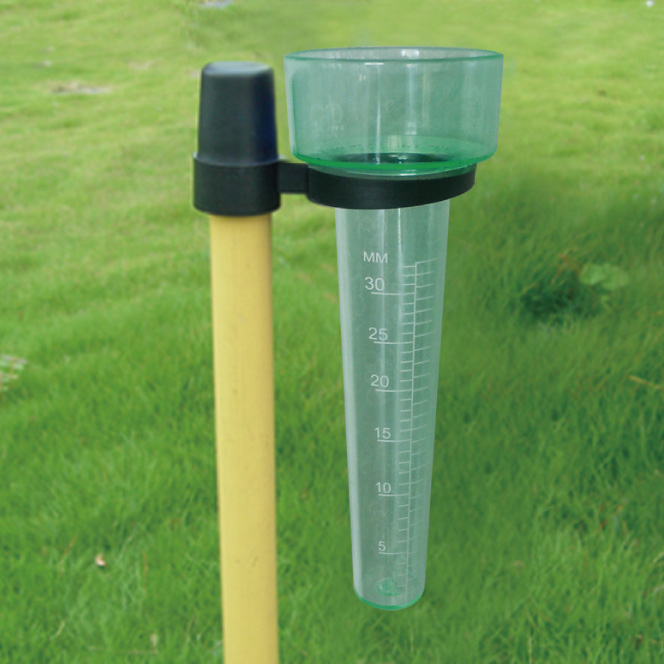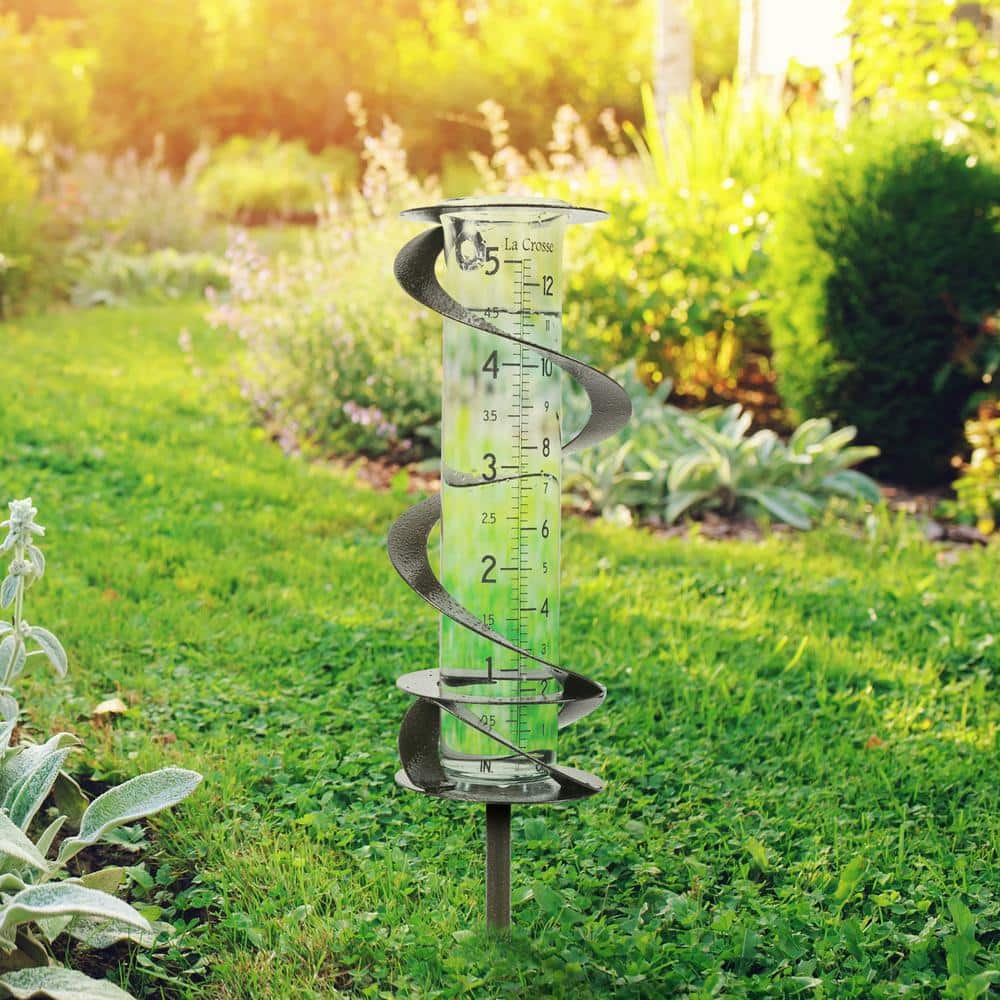Your Go-To Resource on The Rain Gauge: Benefits and Practical Applications
Your Go-To Resource on The Rain Gauge: Benefits and Practical Applications
Blog Article
Just How to Pick the Right Rain Gauge for Accurate Rainfall Data
Precise rains information is vital for numerous sectors and tasks, such as agriculture, weather forecasting, and water source management. To acquire trusted measurements, it is necessary to select the appropriate rainfall gauge. This overview aims to give important understandings right into the choice procedure, allowing you to make enlightened choices. Considering variables such as area, kind, and accuracy of the rainfall gauge will certainly aid ensure exact data collection. Additionally, understanding the maintenance and calibration treatments will certainly add to the long life and reliability of your rain gauge. By complying with these standards, you can make certain exact rains information, allowing far better decision-making and preparation for numerous applications.
Significance of Choosing the Right Rainfall Scale
The importance of picking the best rainfall gauge depends on obtaining trusted and accurate rains information for exact meteorological evaluation. Rainfall information is crucial for a wide variety of applications, including weather condition projecting, hydrological modeling, and environment research. Inaccurate or unstable data can cause incorrect final thoughts and flawed decision-making processes.

Second of all, the precision and precision of the rain gauge are critical. The gauge should be able to gauge rainfall with high precision, catching even tiny amounts of precipitation accurately.
Additionally, the location and installation of the rain scale are vital considerations. It must be put in an open location, away from blockages that can influence rains dimensions. The gauge ought to be placed at an ideal elevation and angle to avoid spilling and make certain proper catchment of rainwater.
Factors to Think About When Selecting a Rainfall Scale
When picking a rain gauge, there are a number of key aspects to think about. These elements can significantly affect the accuracy and reliability of the rains information accumulated. The first variable to consider is the type of rainfall scale. There are various types readily available, consisting of standard rainfall determines, tipping bucket rain gauges, and evaluating rainfall determines. Each kind has its very own advantages and downsides, so it is necessary to pick one that best fits your specific needs and demands.
An additional element to take into consideration is the product of the rain gauge. Rainfall evaluates can be made from numerous materials, such as steel, glass, or plastic. The material chosen should be sturdy and resistant to weather conditions, guaranteeing that the rainfall scale will stand up to the aspects and give precise dimensions over time.
Accuracy is likewise a critical element to think about. Search for rainfall evaluates that have actually been calibrated and examined for accuracy. Attributes such as anti-splash rings and funnels can additionally enhance the accuracy of the measurements.

Last but not least, take into consideration the climate and atmosphere in which the rain gauge will be utilized. Different rainfall determines appropriate for different climates, so it is essential to choose one that is suitable for the conditions in your location.
Different Kinds Of Rainfall Evaluates Offered
To even more explore the variables to take into consideration when choosing a rain gauge, it is very important to comprehend the different kinds of rain evaluates available. There are a number of sorts of rainfall evaluates, each with its own advantages and downsides. One of the most usual kind is the standard rain gauge, also understood as the cylindrical rain gauge. This kind contains a straight-sided cylindrical container with a funnel-shaped top. It is simple to make use of and gives exact measurements of rains.
Another kind of rainfall gauge is the tipping container rainfall scale. As the rain falls into the scale, it loads up one side of the bucket, triggering it to tip and clear the water.
A 3rd kind of rain gauge is the evaluating rainfall scale. This scale uses an equilibrium system to gauge the weight of the accumulated rains. As the rainfall comes under the gauge, it is accumulated in a container connected to an equilibrium. The weight of the water is measured, and the rainfall quantity is determined based upon the weight. Weighing rainfall gauges are very accurate however can be a lot more expensive and require normal maintenance.
Lastly, there are also remote rainfall gauges that use progressed modern technology to measure rains (The Rain Gauge). These assesses usage sensors and transmitters to send data wirelessly to a central device. Remote rainfall gauges are practical for keeping track of rains in hard-to-reach areas or for large-scale data collection
Just How to Determine the Accuracy of a Rain Gauge
One method to evaluate the accuracy of a rainfall scale is by performing routine calibration measurements. Calibration includes contrasting the analyses of a rain scale to a conventional dimension, such as a licensed rain scale or a weather condition station with high accuracy. By comparing the measurements, any inconsistencies or mistakes in the rainfall scale can be recognized and represented.
To perform a calibration measurement, begin by collecting rains information from both the rain scale and the common measurement tool over a specific period, such as a month. Compare the analyses and compute the distinction between them. This difference is known as the calibration error.
It is essential to keep in mind that you could try these out calibration measurements should be executed routinely, as environmental factors, such as temperature level, debris, and wind, can impact the precision of the rainfall scale with time. By conducting normal her latest blog calibrations, any type of adjustments in the precision of the rainfall scale can be discovered and modifications can be made as necessary.
In enhancement to calibration, it is also suggested to clean and preserve the rain scale consistently to guarantee its accuracy. Eliminate any debris or obstructions that might impact the accuracy of the dimensions, and check for any indicators of damage or put on that may call for repair work or replacement.
Tips for Preserving and Adjusting Your Rain Scale
Routine upkeep and calibration are critical for making certain the precision and integrity of your rain gauge in gauging rains information (The Rain Gauge). By complying with a few basic suggestions, you can make sure that your rainfall gauge is properly kept and adjusted
To start with, it is very important to clean your rainfall scale frequently to stop any type of particles or dust from blocking the rainfall collection mechanism. Use a moderate detergent and a soft brush to carefully clean the within and beyond the gauge. Wash it extensively with clean water and allow it to dry completely prior to reinstalling it.
Secondly, it is recommended to adjust your rain scale at the very least once a year. Calibration entails contrasting the measurements of your rain gauge with those of a trusted and precise reference scale. This will certainly aid you recognize and fix any potential mistakes in your rainfall gauge's dimensions.
To calibrate your rain scale, accumulate a recognized volume of water using a gauging container and compare it with the measurements recorded by your rainfall gauge. Readjust the readings accordingly to ensure precision.

Verdict
Finally, selecting the best rain scale is critical for acquiring exact rainfall information. Factors such as budget plan, function, and area need to be thought about when selecting a rain gauge. There are different sorts of rainfall evaluates offered, each with their very own benefits and constraints. It is essential to regularly keep and calibrate your rainfall scale to guarantee its accuracy. By complying with these standards, accurate rainfall information can be acquired for numerous applications.
There are different kinds readily available, including typical rain assesses, tipping bucket rainfall gauges, and weighing rainfall gauges.To better explore the aspects to take into consideration when selecting a rainfall gauge, it is essential to recognize the various kinds of rainfall determines offered. The most common type is the typical rain gauge, likewise understood as the cylindrical rain scale.One more kind of rainfall gauge is the tipping pail rainfall scale. Calibration involves comparing the readings of my company a rainfall scale to a standard dimension, such as a licensed rainfall scale or a weather terminal with high accuracy.
Report this page